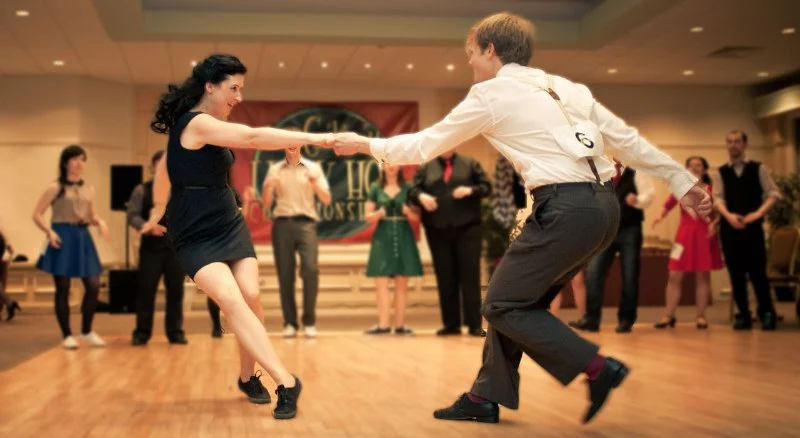
- The Origins of Swing Dance
- The Evolution of Swing Dance
- Types of Swing Dance
- How to Learn Swing Dance
- Real-Life Story: My First Swing Dance Experience
- Recommendations for Learning Swing Dance
The Origins of Swing Dance
Swing dance is a captivating and energetic dance form that emerged in the early 20th century, evolving alongside jazz music in the United States. Its roots trace back to the 1920s and 1930s, with Harlem’s Savoy Ballroom being one of the central hubs for swing dancers. It became a social phenomenon, not just in the African-American community but also within mainstream culture, thanks to its vibrant rhythms and the infectious energy of the jazz music that fueled it.
The dance itself was heavily influenced by jazz musicians, particularly those like Duke Ellington and Count Basie, whose big bands provided the ideal backdrop for the fast-paced, improvisational movements of swing dance. It was a time when people were eager to escape the constraints of earlier formal dance styles, and swing dance offered the perfect opportunity for both freedom of movement and social interaction.
The Evolution of Swing Dance
As swing music grew in popularity, so did the dance styles associated with it. During the 1930s and 1940s, swing dance experienced its golden age. The dance evolved as it spread from the jazz clubs of New York and Chicago to other parts of the country and around the world. Many variations of swing dance began to emerge, each with its own distinct style and influence.
The most significant development during this time was the rise of the "Lindy Hop." This particular style of swing dance was named after Charles Lindbergh’s famous transatlantic flight, symbolizing the adventurous and daring spirit of the time. Dancers were known for their acrobatic lifts, jumps, and spins, pushing the limits of what had been seen in partner dancing before.
While Lindy Hop was the most famous style, other variations, such as the Charleston, Balboa, and East Coast Swing, also gained popularity during this era. Each style brought something new to the table, incorporating different rhythms, footwork, and cultural influences. Swing dance's ability to adapt and evolve with the times kept it alive long after the era of big band jazz faded in the 1950s.
Types of Swing Dance
Today, swing dance is a diverse and widely practiced dance style, with several distinct variations. Whether you're a beginner or an advanced dancer, there’s a swing style to suit every taste. Some of the most popular types of swing dance include:
- Lindy Hop: Often referred to as the "original" swing dance, Lindy Hop is known for its athletic and acrobatic moves, including aerials, spins, and lifts. It’s a high-energy dance that’s perfect for those who enjoy the thrill of fast-paced jazz rhythms.
- East Coast Swing: This simpler, more accessible style of swing dance is great for beginners. With its 6-count and 8-count basic steps, East Coast Swing is easy to learn and adaptable to many types of music.
- West Coast Swing: Known for its smooth, slotted movements, West Coast Swing is often danced to slower, more contemporary music. It focuses on the connection between the dancers and the ability to improvise within a structured framework.
- Balboa: Originating in Southern California, Balboa is a compact and close-contact dance, perfect for crowded dance floors. It’s known for its fast footwork and elegant, smooth movements.
- Charleston: The Charleston is a high-energy dance characterized by rapid leg movements and a swinging motion. It’s often danced to faster tempos and is associated with the Roaring Twenties era.
These types of swing dance each offer their own unique style, rhythm, and challenge, making swing dancing a versatile and exciting dance form for anyone interested in learning.
How to Learn Swing Dance
If you're interested in learning swing dance, there are a few steps you can take to get started:
- Find a Local Dance Studio: Many dance studios offer swing dance classes for beginners and advanced dancers alike. Look for instructors with experience in different styles of swing to get a comprehensive understanding of the dance form.
- Attend Social Dance Events: Once you’ve learned the basics, the best way to improve your swing dancing is to practice! Attend local social dance events, such as swing dance nights or live jazz performances, where you can meet other dancers and gain real-world experience.
- Watch Tutorials: There are plenty of online tutorials available that cover swing dance techniques, from basic footwork to more advanced moves. Watching videos can be a helpful way to see how the steps are performed and practice on your own time.
- Practice with a Partner: Swing dance is a partner dance, so it’s crucial to practice with a partner as much as possible. This allows you to build better timing, communication, and connection with your dance partner.
With dedication and practice, anyone can learn the art of swing dancing and join the vibrant community of dancers around the world.
Real-Life Story: My First Swing Dance Experience
When I first tried swing dance, I was intimidated by the fast-paced footwork and energetic moves. But after a few classes and a few social dance nights, I quickly fell in love with the rhythm and the joy of connecting with a partner through dance. One memorable night, at a local swing dance event, I found myself swept up in the music, effortlessly moving across the floor to the lively jazz tunes. The sense of community and the excitement of the dance made me realize how special swing dance truly is.
What I love most about swing dance is how welcoming and fun it is. Whether you’re a beginner or an expert, there’s always room for improvement, and you can enjoy the dance at any level. It’s a unique blend of history, music, and physicality that offers endless opportunities for creativity and expression.
Recommendations for Learning Swing Dance
For those eager to dive into the world of swing dance, here are a few recommendations to ensure a fun and successful learning experience:
- Be Patient: Learning swing dance can take time, especially when mastering the intricate footwork. Stay patient and practice regularly to build confidence and improve your skills.
- Embrace the Music: Swing dance is deeply connected to jazz music, so take the time to listen to swing-era tunes. Familiarizing yourself with the music will help you better understand the rhythms and timing of the dance.
- Join a Dance Community: Whether online or in-person, joining a dance community can provide valuable support and opportunities to practice with others who share your passion.
For more information and resources on swing dance, visit American Dance Academy, where we offer classes, tutorials, and expert advice to help you master swing dance and other dance styles.
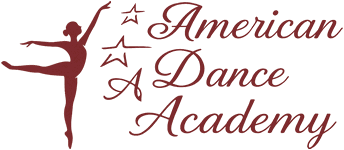
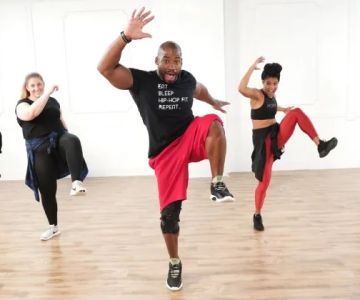
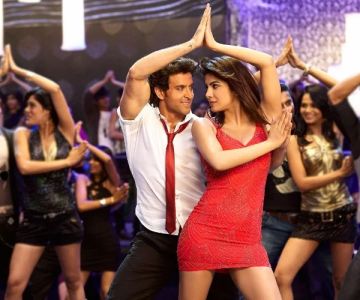
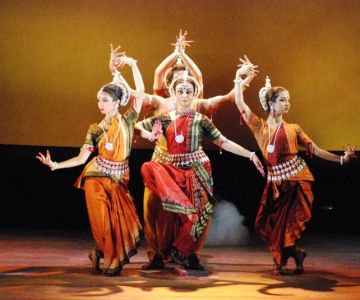
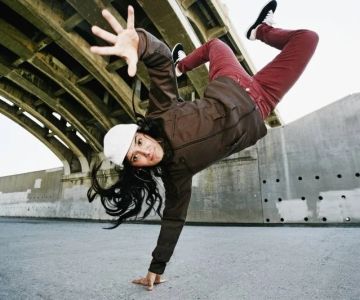
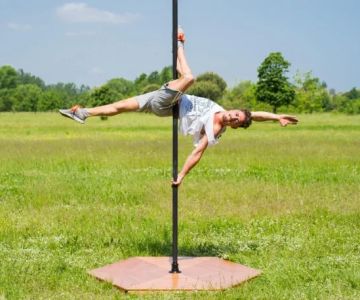

 Open Arts Studio, Inc5.0 (3 reviews)
Open Arts Studio, Inc5.0 (3 reviews)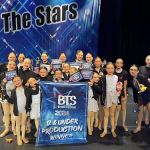 Relevé Dance Company®4.0 (66 reviews)
Relevé Dance Company®4.0 (66 reviews) B. Funk Dance Company - La Plata, MD4.0 (10 reviews)
B. Funk Dance Company - La Plata, MD4.0 (10 reviews) American Youth Dance Theater North5.0 (1 reviews)
American Youth Dance Theater North5.0 (1 reviews) InspirationZ Studio4.0 (28 reviews)
InspirationZ Studio4.0 (28 reviews) Fredericksburg Ballet Centre4.0 (37 reviews)
Fredericksburg Ballet Centre4.0 (37 reviews)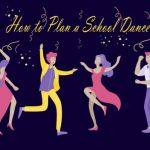 How to Design a School Dance Poster That Students Remember
How to Design a School Dance Poster That Students Remember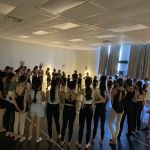 Why a Dance School Allows a Maximum of 15 Students Per Class
Why a Dance School Allows a Maximum of 15 Students Per Class Can a High Schooler Choreograph a Dance? Here's What to Know
Can a High Schooler Choreograph a Dance? Here's What to Know Why Is Square Dancing Taught in Schools
Why Is Square Dancing Taught in Schools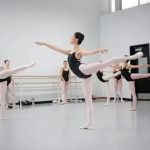 How to Balance School and Dance | Practical Tips for Student Dancers
How to Balance School and Dance | Practical Tips for Student Dancers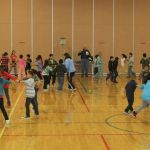 Do They Still Teach Square Dancing in School?
Do They Still Teach Square Dancing in School?